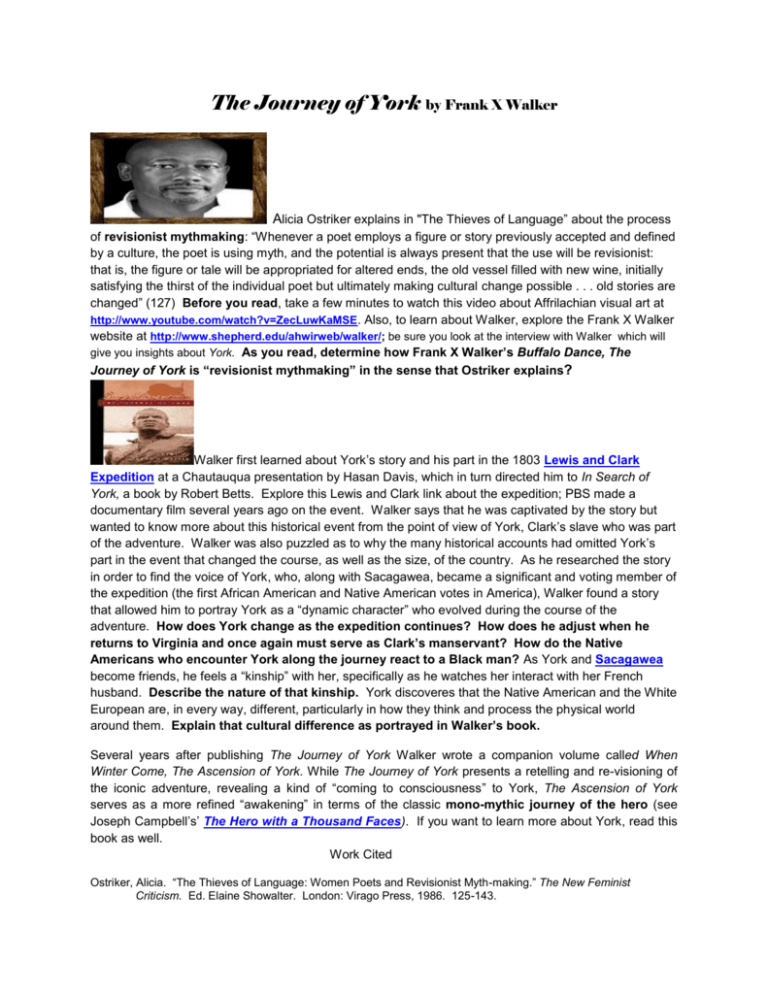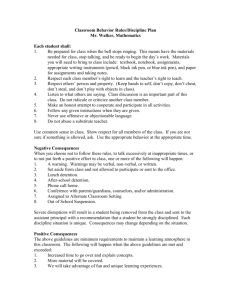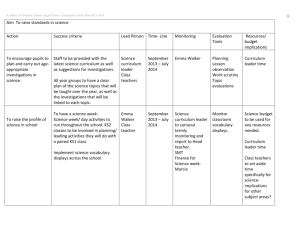The Journey of York by Frank X Walker Alicia Ostriker explains in
advertisement

The Journey of York by Frank X Walker Alicia Ostriker explains in "The Thieves of Language” about the process of revisionist mythmaking: “Whenever a poet employs a figure or story previously accepted and defined by a culture, the poet is using myth, and the potential is always present that the use will be revisionist: that is, the figure or tale will be appropriated for altered ends, the old vessel filled with new wine, initially satisfying the thirst of the individual poet but ultimately making cultural change possible . . . old stories are changed” (127) Before you read, take a few minutes to watch this video about Affrilachian visual art at http://www.youtube.com/watch?v=ZecLuwKaMSE. Also, to learn about Walker, explore the Frank X Walker website at http://www.shepherd.edu/ahwirweb/walker/; be sure you look at the interview with Walker which will give you insights about York. As you read, determine how Frank X Walker’s Buffalo Dance, The Journey of York is “revisionist mythmaking” in the sense that Ostriker explains? Walker first learned about York’s story and his part in the 1803 Lewis and Clark Expedition at a Chautauqua presentation by Hasan Davis, which in turn directed him to In Search of York, a book by Robert Betts. Explore this Lewis and Clark link about the expedition; PBS made a documentary film several years ago on the event. Walker says that he was captivated by the story but wanted to know more about this historical event from the point of view of York, Clark’s slave who was part of the adventure. Walker was also puzzled as to why the many historical accounts had omitted York’s part in the event that changed the course, as well as the size, of the country. As he researched the story in order to find the voice of York, who, along with Sacagawea, became a significant and voting member of the expedition (the first African American and Native American votes in America), Walker found a story that allowed him to portray York as a “dynamic character” who evolved during the course of the adventure. How does York change as the expedition continues? How does he adjust when he returns to Virginia and once again must serve as Clark’s manservant? How do the Native Americans who encounter York along the journey react to a Black man? As York and Sacagawea become friends, he feels a “kinship” with her, specifically as he watches her interact with her French husband. Describe the nature of that kinship. York discoveres that the Native American and the White European are, in every way, different, particularly in how they think and process the physical world around them. Explain that cultural difference as portrayed in Walker’s book. Several years after publishing The Journey of York Walker wrote a companion volume called When Winter Come, The Ascension of York. While The Journey of York presents a retelling and re-visioning of the iconic adventure, revealing a kind of “coming to consciousness” to York, The Ascension of York serves as a more refined “awakening” in terms of the classic mono-mythic journey of the hero (see Joseph Campbell’s’ The Hero with a Thousand Faces). If you want to learn more about York, read this book as well. Work Cited Ostriker, Alicia. “The Thieves of Language: Women Poets and Revisionist Myth-making.” The New Feminist Criticism. Ed. Elaine Showalter. London: Virago Press, 1986. 125-143.









